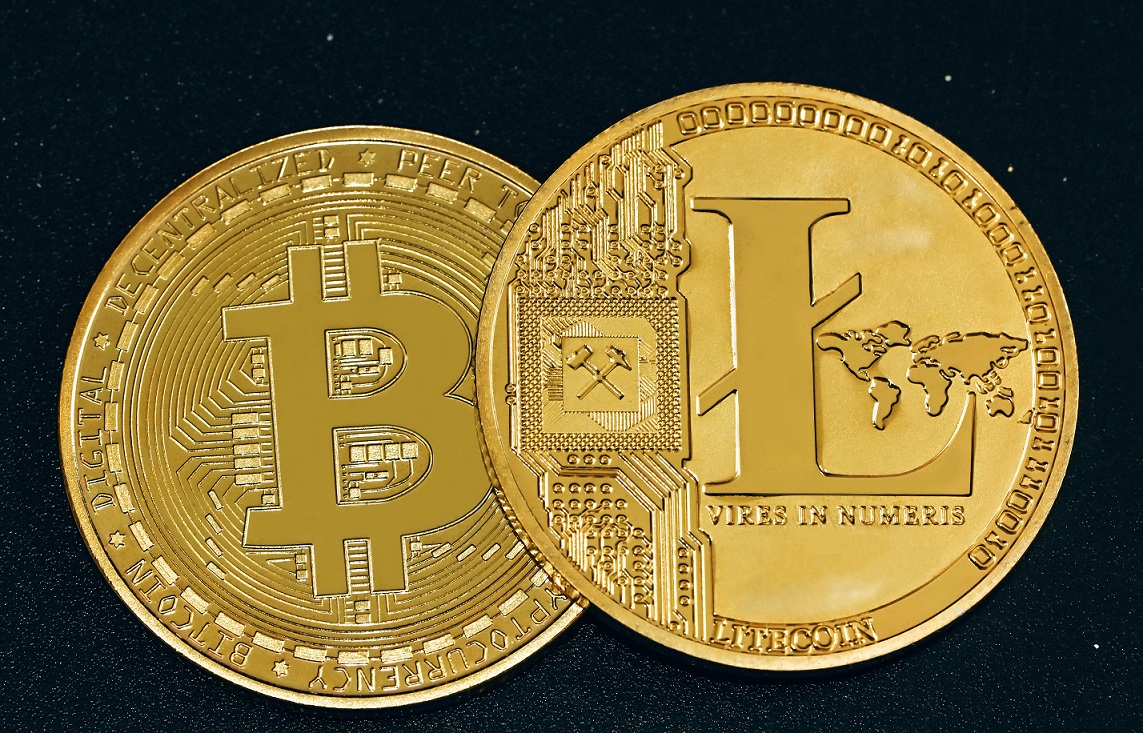Cryptocurrency enthusiasts and investors often find themselves at the crossroads of choosing between two heavyweights in the digital currency realm: Litecoin and Bitcoin. While both share the decentralized ethos and a blockchain foundation, they differ significantly in various aspects. In this post, we’ll embark on a comparative journey, dissecting the features, advantages, and differences between Litecoin and Bitcoin. Specifically, we’ll explore how Litecoin’s faster block generation time and distinct hashing algorithm contribute to its unique position in the crypto landscape.
Blockchain Basics:
Bitcoin: As the pioneer of blockchain technology, Bitcoin boasts a robust and secure network. Its 10-minute block time ensures a steady and reliable transaction validation process.
Litecoin: In contrast, Litecoin takes a different approach with a 2.5-minute block generation time. This fourfold reduction in block time translates to quicker transaction confirmations, making Litecoin an attractive option for those seeking faster payment processing.
Hashing Algorithms:
Bitcoin: Bitcoin relies on the SHA-256 hashing algorithm, known for its computational intensity. While this algorithm ensures security, it also demands substantial computing power, leading to longer block generation times.
Litecoin: Litecoin, on the other hand, employs the Scrypt hashing algorithm. Scrypt is memory-intensive and generally requires less processing power than SHA-256. This choice contributes to Litecoin’s faster block generation time, providing quicker confirmation of transactions.
Scalability and Transaction Throughput:
Bitcoin: Due to its larger block size and longer block time, Bitcoin faces challenges in handling a high volume of transactions quickly. This has led to debates around scalability and the implementation of solutions such as the Lightning Network.
Litecoin: With its shorter block time, Litecoin can process a higher number of transactions per second. This increased throughput is advantageous for real-world use cases, particularly in scenarios where faster transaction confirmation is essential.
Community and Development:
Bitcoin: Bitcoin’s community is vast and diverse, and its development is highly decentralized. However, achieving consensus on updates can be a slow process, which sometimes results in delayed implementations of improvements.
Litecoin: Litecoin, with a more nimble community and development team, has shown agility in implementing updates. This adaptability has allowed Litecoin to experiment with new features and improvements more rapidly.
Conclusion:
In the realm of cryptocurrencies, both Litecoin and Bitcoin have carved out significant niches. Bitcoin remains the trailblazer, synonymous with digital gold and a store of value. On the other hand, Litecoin positions itself as the silver to Bitcoin’s gold, emphasizing speed and efficiency in transactions.
Litecoin’s faster block generation time and Scrypt hashing algorithm make it an appealing choice for those who value quick, secure transactions. As the crypto landscape continues to evolve, the unique attributes of Litecoin position it as a formidable player in the ongoing narrative of decentralized finance. Whether you lean towards the stability of Bitcoin or the agility of Litecoin, understanding the nuances of each can empower you to make informed decisions in this dynamic and exciting space.
Bitcoin Price Chart
Litecoin Price Chart
Exploring Alternative Ways to Invest in Bitcoin Without Direct Purchase
Understanding the Differences Between Dogecoin and Bitcoin: A Comprehensive Guide

